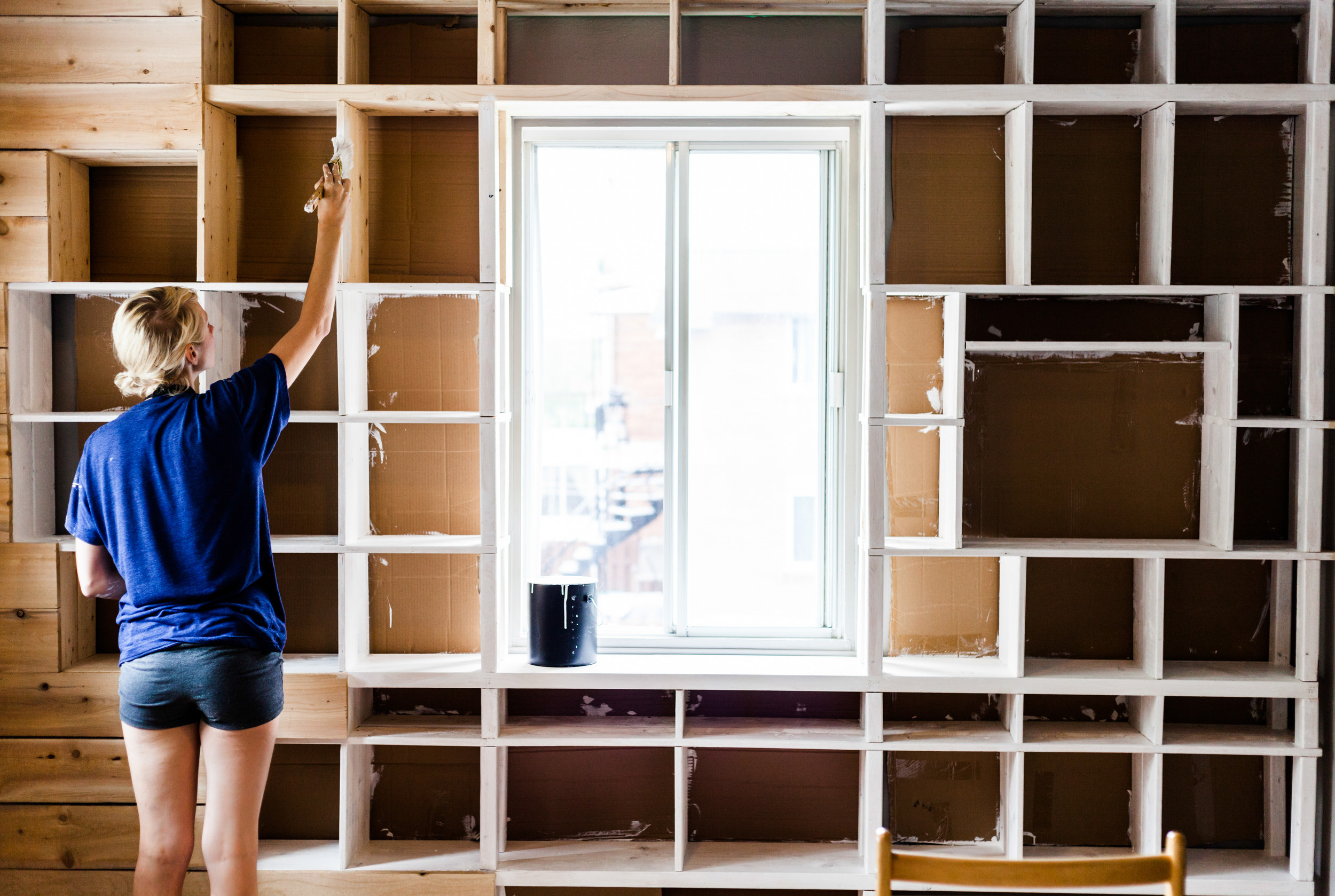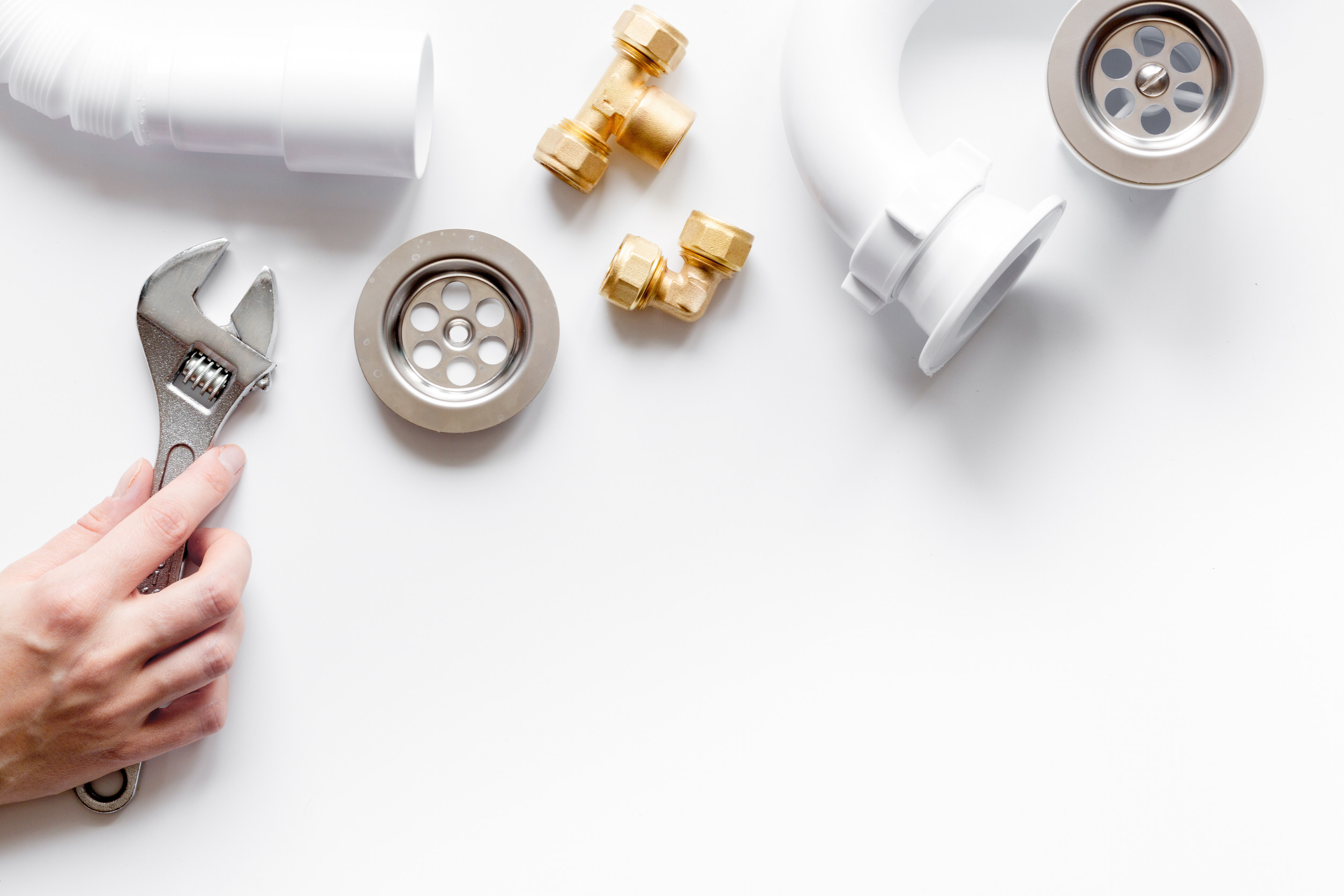There’s something thrilling about grabbing a toolbox and tackling a project without calling a pro. A fresh coat of paint or a new shelf? Harmless.
But when repairs cross into plumbing, wiring, or structural work, the stakes shoot way up. Insurance companies don’t care how many YouTube tutorials have been watched. If a mistake leads to damage, coverage can evaporate in a snap.
1. Electrical Rewiring Without a Permit
Rewiring a room might seem doable with enough tutorials, but it’s one of the fastest ways to void coverage. Electrical codes exist for a reason, and insurers expect compliance. If faulty wiring sparks a fire, an adjuster won’t hesitate to deny the claim. The result could be thousands of dollars in out-of-pocket losses. Calling a licensed electrician saves far more than it costs.
2. Installing a Wood-Burning Stove
A crackling wood fire feels timeless, but DIY installation of stoves is a red flag for insurers. Chimney placement, venting, and clearance require professional sign-off. A minor mistake could send embers into walls or ceilings, causing fires that insurers refuse to cover. Companies want certified documentation before backing such risks. Skip the shortcut or risk losing protection.
3. Replacing a Roof Without Professional Help
A new roof is tempting to tackle, but insurance hinges on certified installation. DIY roofing often leaves behind gaps, poor flashing, or loose shingles that lead to leaks and water damage. Once water intrusion starts, insurers usually point straight to homeowner negligence. Claims vanish quickly when a licensed roofer didn’t perform work. What looks like a cost-saving weekend project can drain savings later.
4. Removing Structural Walls
Taking down a wall can open up a home beautifully, but insurers see DIY demolition as a nightmare. A structural wall holds more than drywall—it carries loads and stabilizes the house. Removing one without engineering plans risks collapse, cracks, and long-term instability. When insurers discover amateur work, coverage is jeopardized instantly. Professional evaluation is mandatory for safety and insurance compliance.
5. DIY Plumbing Repairs
A leaky pipe seems like a perfect chance for a quick patch, but plumbing errors are insurance killers. A bad seal or improper connection can flood a home in hours. Water damage claims get denied once an insurer discovers unlicensed work. The long-term mold cleanup can run higher than the original damage. Licensed plumbers provide documentation that keeps policies intact.
6. Adding a Deck or Extension Without Permits
Expanding outdoor living space is exciting, but skipping permits puts insurance on the line. A deck collapse or structural failure immediately exposes unapproved work. Insurers routinely reject claims tied to unpermitted construction. The same goes for room additions or sunrooms built without inspections. Without proof of compliance, coverage can crumble along with the structure.
7. Installing a Gas Appliance Solo
Hooking up a new stove or dryer seems straightforward, but gas lines aren’t forgiving. Even a small mistake can lead to leaks, explosions, or carbon monoxide poisoning. Insurers treat these risks as preventable with professional help. Any fire or damage caused by a botched connection is excluded from coverage. Licensed installation is non-negotiable in the eyes of insurance companies.
8. Basement Waterproofing the Wrong Way
DIY basement fixes, like sealants or makeshift drainage systems, often backfire. Water always finds a way through shortcuts. If flooding occurs, insurers may deny coverage after discovering improper waterproofing methods. Professional systems come with warranties that insurers recognize. Amateur attempts can leave both the basement and insurance protection underwater.
9. Installing Your Own HVAC System
Heating and cooling systems are far more complex than they look on the surface. DIY installation can cause fire hazards, poor ventilation, or carbon monoxide leaks. Insurers expect licensed technicians for any major HVAC work. If damage or injury results from an amateur system, claims get denied without hesitation. Documentation from certified installers keeps coverage safe and sound.
10. Tampering With Fire Sprinklers or Alarms
Fire safety systems are designed with strict codes and regulations. Any attempt to modify or reroute them puts coverage at risk. A single broken sprinkler head or disabled alarm can mean insurers walk away from fire damage claims. Safety systems require professional inspection to be recognized by a policy. Touching them without approval is an invitation for disaster.
Protect the Home, Protect the Coverage
DIY projects bring pride and satisfaction, but some come with hidden costs no one wants to pay. Insurance companies set boundaries to protect themselves from preventable damage, and those boundaries are stricter than most realize. A single unapproved project can erase the safety net a policy provides. The smart move is knowing when to step aside and bring in a pro.
What DIY projects have you tackled, and where do you draw the line—would you risk insurance coverage for a weekend fix?
Read More
6 Dangerous DIY Hacks Going Viral That Experts Are Warning Against
Why This Home Upgrade Could Make You Ineligible for Medicaid


